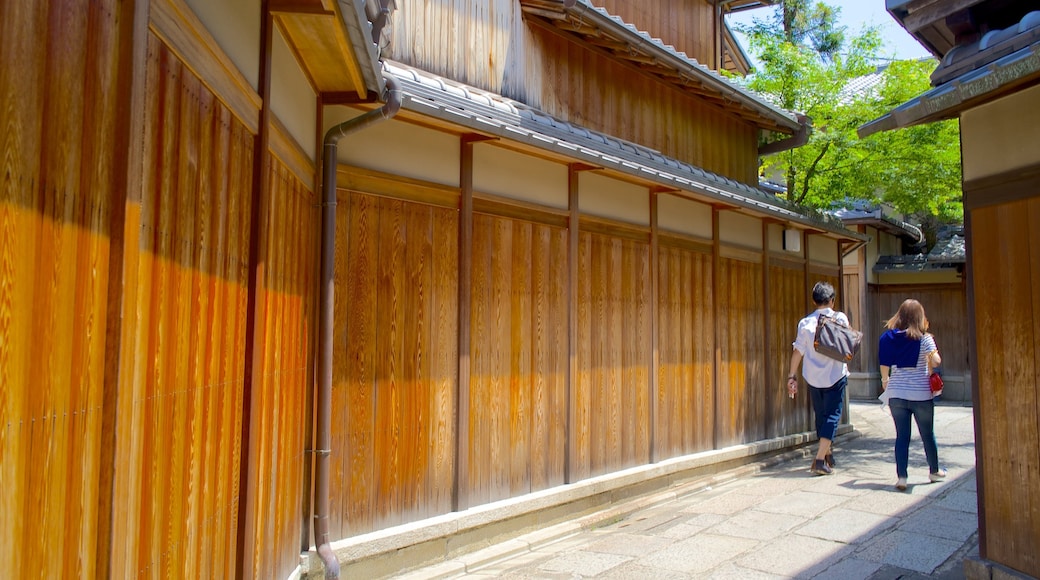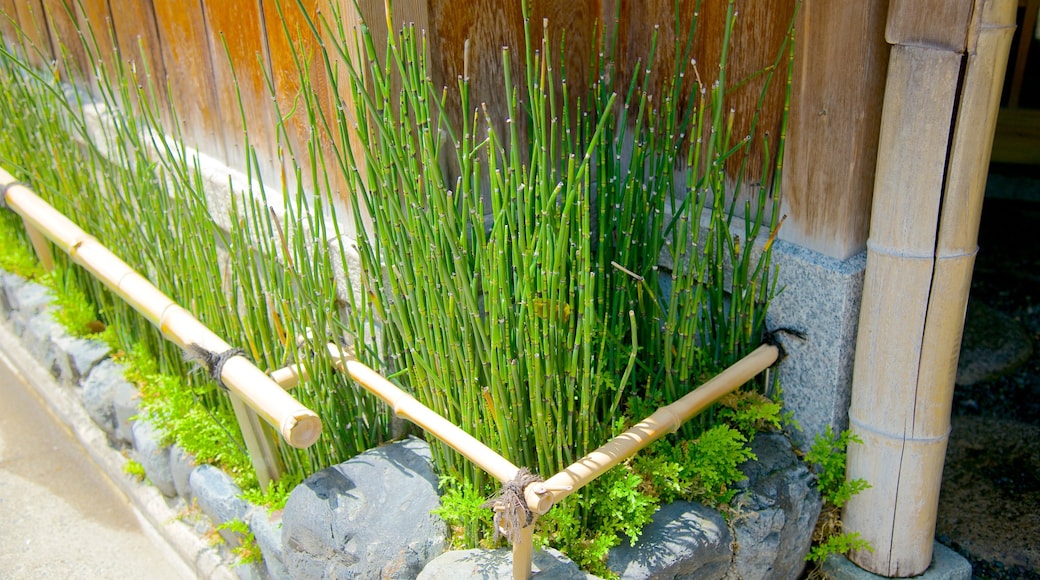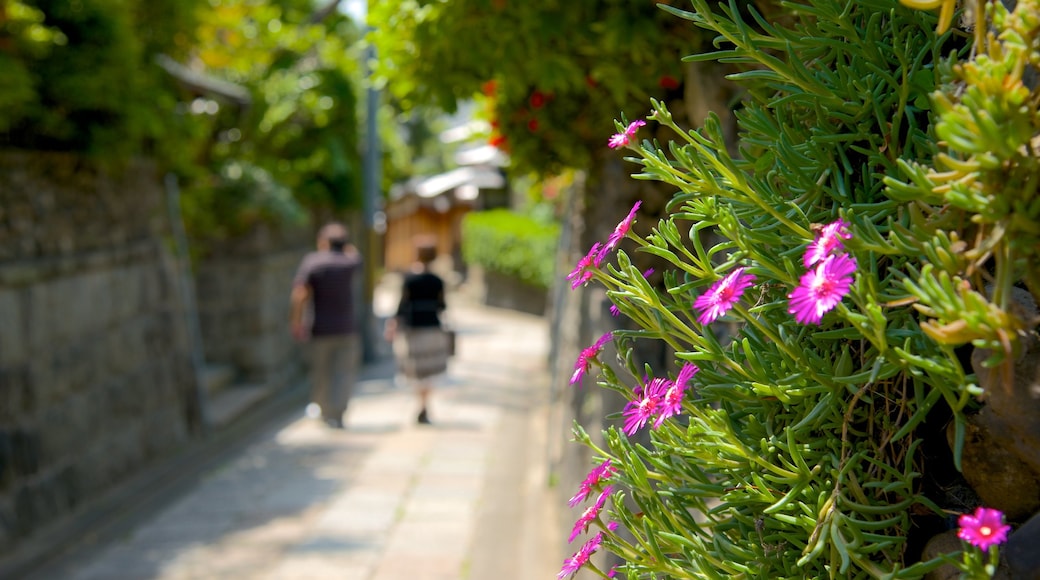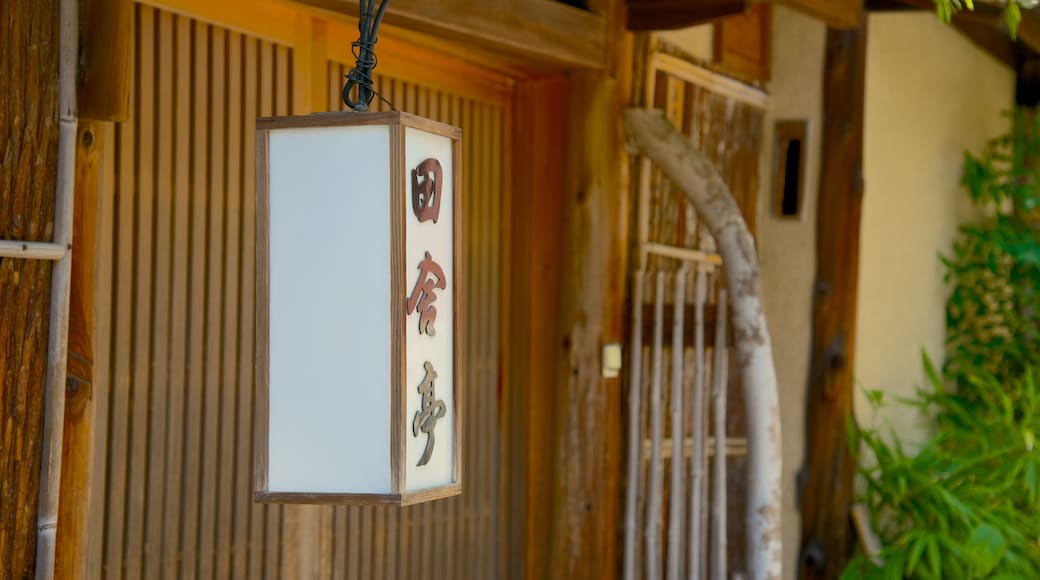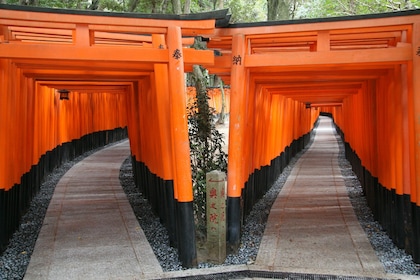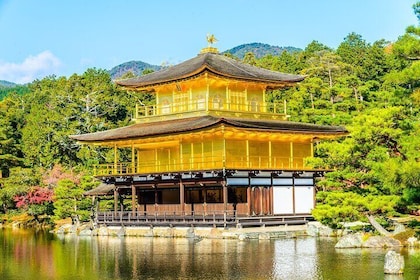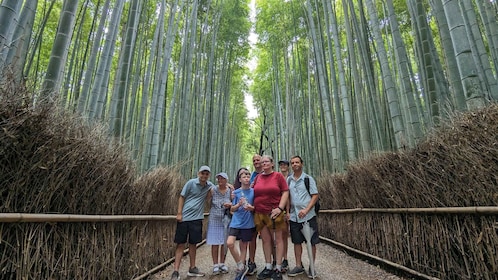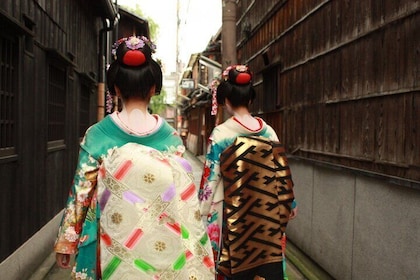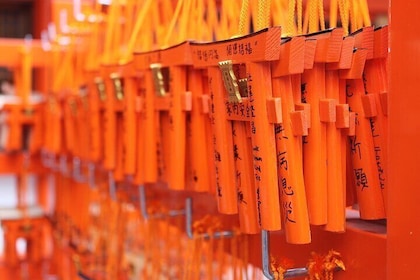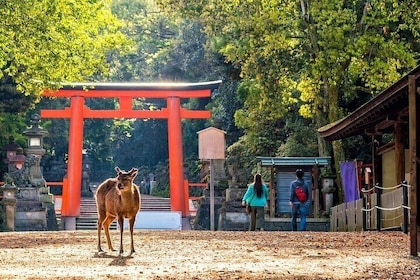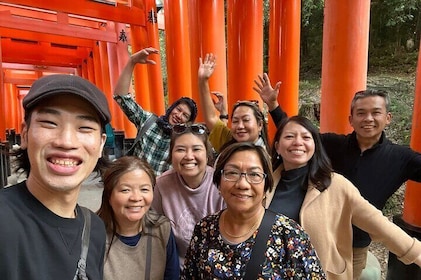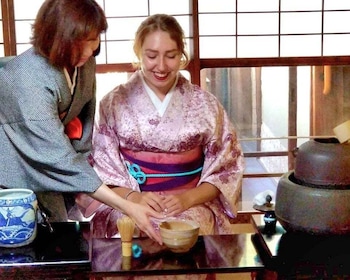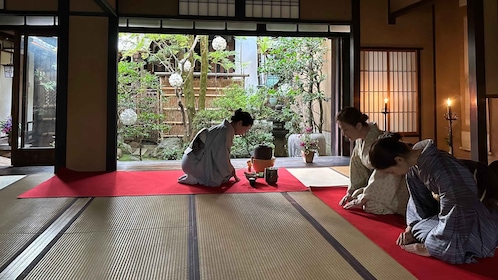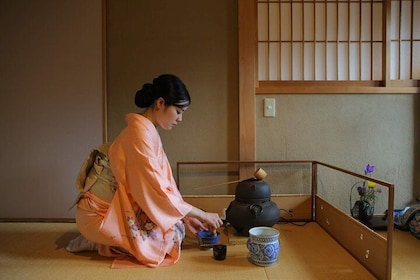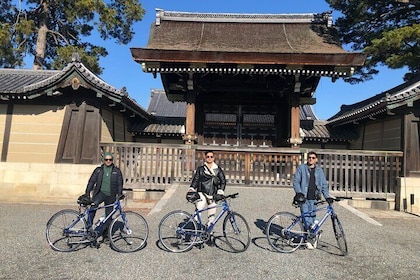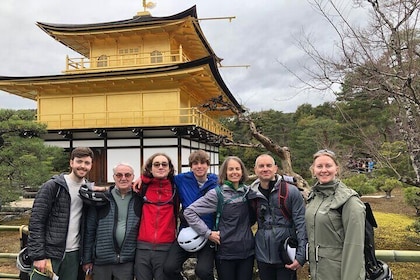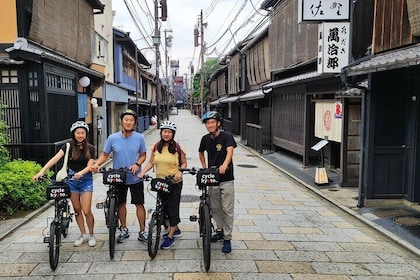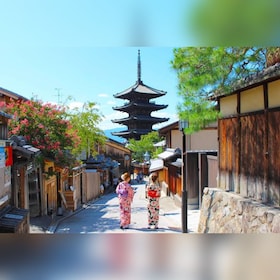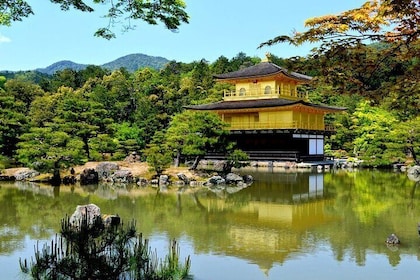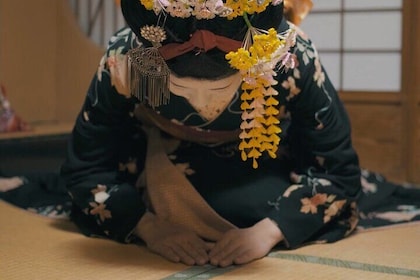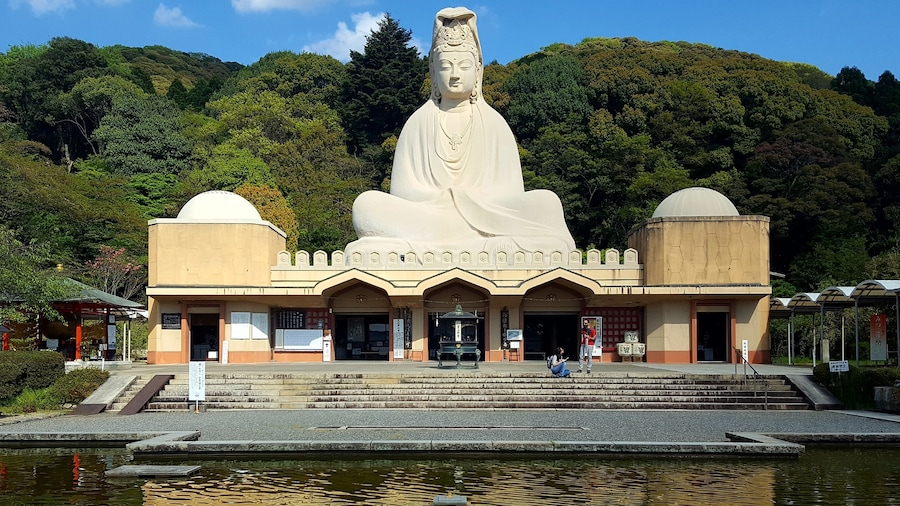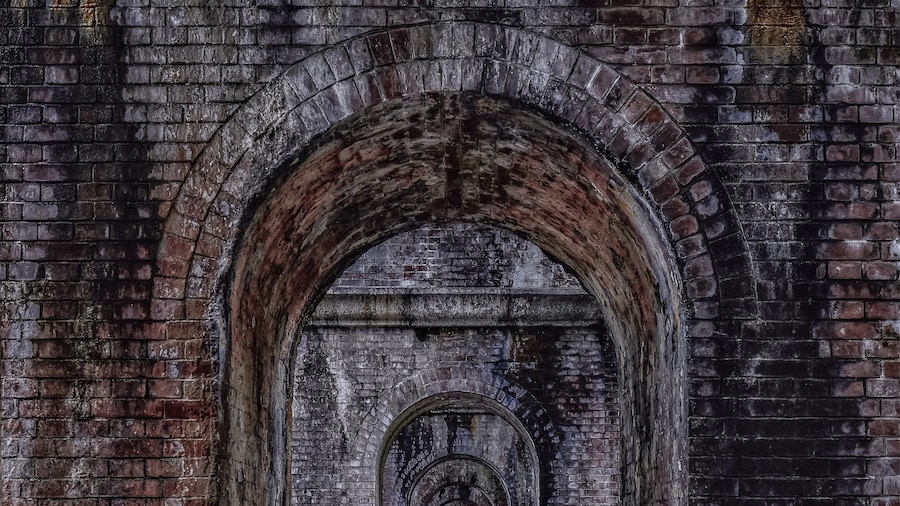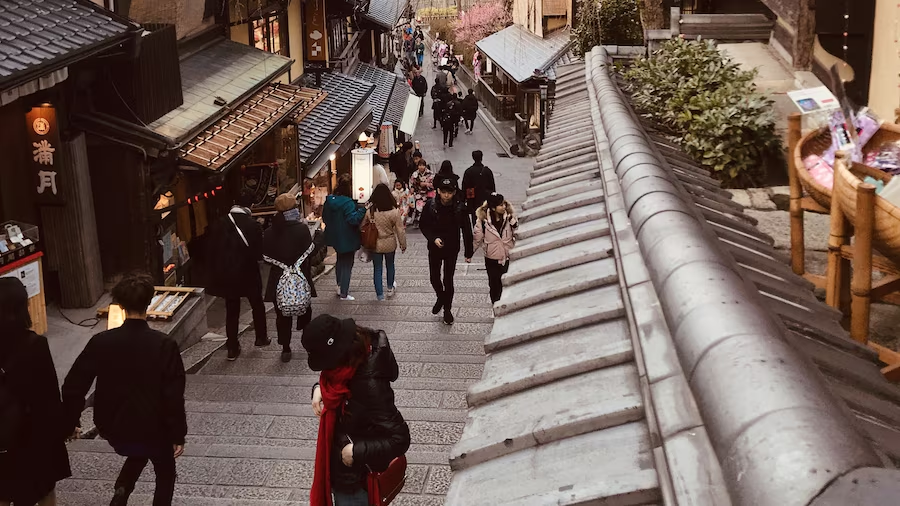Imagine life as it was during the Taisho Period as you explore this preserved Kyoto alley, complete with traditional teahouses, inns and kimono-clad hostesses.
Take a walk around Kyoto’s Ishibe Alley and you’ll feel as though you’ve been transported to another time. You can peek into Kyoto’s private life and history in this unassuming little street. Exquisite traditional wooden homes and establishments open up onto the cobblestone alley. Hostesses in opulent kimono gowns can be seen serving tea as they did when Kyoto was the Imperial Capital of Japan.
It’s easy to walk right by the turnoff to the narrow, winding pathway of Ishibe Alley. Enter the alley nearby Kodai-ji Temple and you’ll find the quaint street that is lined with historic wooden architecture, almost unchanged since the Taisho Period. Stroll along the stone-paved street and check out the houses along the way. You’ll see traditional wood-paneled buildings with understated entrances, marked only by sliding rice-paper doors and pretty “noren” flag curtains, swinging lanterns and bamboo fences. Strolling around Ishibe Alley, you may see women dressed in geisha-style kimono gowns who will pose for photographs.
Find a teahouse and take a seat on the “tatami” mats, after removing your shoes. If the teahouse is especially traditional, a server wearing a kimono gown will greet you and take you through the tea ceremony. Often, the tea ceremony is conducted with matcha, a type of powdered green tea. The server uses a special tea bowl, spoon and whisk to carefully prepare the tea, and it may be served to you with a “mochi,” a rice cake, often filled with adzuki (sweet red bean) paste.
Ishibe Alley is open daily for free and is located nearby Higayashiyama-Yasui, as well as Hankyu Kawaramachi and Keihan Shijo stations. Explore the alley during the day for tea and candy and return at night to see lanterns illuminating the different venues. Combine your visit to Ishibe Alley with a trip to Kodaiji Temple and the Yasaka Pagoda. You can also reach Ishibe Alley if you take a pleasant 20-minute walk from Yasaka Shrine to Kiyomizu-dera Temple.

